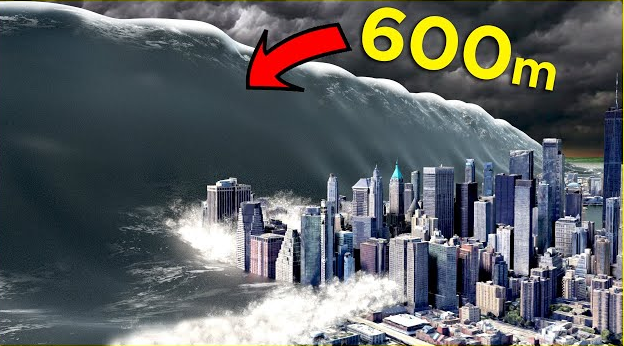The Biggest Tsunamis in History: A Comparison of Their Impact and Causes Introduction
Tsunamis are among the most powerful and devastating natural disasters on Earth. These massive waves, triggered primarily by underwater earthquakes, volcanic eruptions, or landslides, have caused widespread destruction and loss of life throughout history. This article examines the biggest tsunamis ever recorded, comparing their causes, magnitudes, and the impact they left behind.
1. The 2004 Indian Ocean Tsunami Date: December 26, 2004 Magnitude: 9.1–9.3 Mw earthquake off the coast of Sumatra Maximum Wave Height: Over 100 feet (30 meters) Impact: This tsunami remains one of the deadliest in history, affecting 14 countries, including Indonesia, Sri Lanka, India, and Thailand. Over 230,000 people lost their lives, and millions were displaced. The disaster prompted global efforts to improve tsunami warning systems. 2. The 2011 Tōhoku Tsunami (Japan) Date: March 11, 2011 Magnitude: 9.0 Mw earthquake off the east coast of Japan Maximum Wave Height: 133 feet (40.5 meters) Impact: This tsunami devastated Japan’s coastal areas, killing nearly 20,000 people and causing the Fukushima nuclear disaster. The economic damage exceeded $235 billion, making it one of the costliest natural disasters ever recorded. 3. The 1960 Chilean Tsunami Date: May 22, 1960 Magnitude: 9.5 Mw (strongest earthquake ever recorded) Maximum Wave Height: 82 feet (25 meters) Impact: The tsunami affected coastal Chile and traveled across the Pacific Ocean, causing destruction in Hawaii, Japan, and the Philippines. Over 6,000 people died, and entire villages were swept away. 4. The 1883 Krakatoa Eruption Tsunami Date: August 27, 1883 Cause: Volcanic eruption Maximum Wave Height: Over 135 feet (41 meters) Impact: The explosion of the Krakatoa volcano in Indonesia generated massive tsunamis that killed over 36,000 people. The shockwaves were felt worldwide, and the sky darkened due to volcanic ash. 5. The 1958 Lituya Bay Megatsunami Date: July 9, 1958 Cause: Landslide triggered by an earthquake Maximum Wave Height: 1,720 feet (524 meters) – the tallest tsunami ever recorded Impact: Unlike ocean-wide tsunamis, this event occurred in a remote Alaskan fjord. While it caused minimal loss of life, it showcased the sheer power of landslide-generated tsunamis. Conclusion
Tsunamis have repeatedly shown their ability to cause unprecedented destruction and reshape coastal regions. The key to reducing their devastating effects lies in early warning systems, education, and preparedness. By learning from past disasters, we can better protect vulnerable communities in the future.


